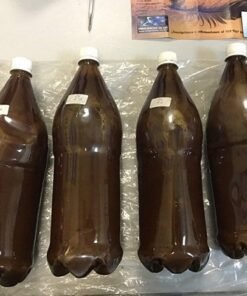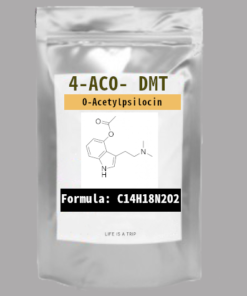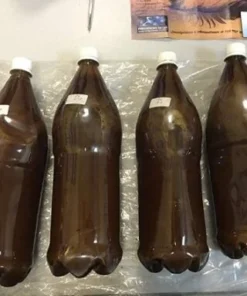cymbalta
Cymbalta (generic name: duloxetine) is an FDA-approved prescription medication classified as a serotonin-norepinephrine reuptake inhibitor (SNRI). It is commonly used to treat major depressive disorder (MDD), generalized anxiety disorder (GAD), fibromyalgia, chronic musculoskeletal pain, and nerve pain associated with diabetic neuropathy. Cymbalta works by increasing the levels of serotonin and norepinephrine — key neurotransmitters that affect mood, pain perception, and emotional balance.
Taken orally, Cymbalta is available in delayed-release capsules and is typically prescribed once daily. Many patients begin to notice improvement within a few weeks, though full therapeutic effects may take several weeks to develop. It is important to take Cymbalta exactly as prescribed, and not to stop use abruptly, as withdrawal symptoms may occur.
Common side effects may include nausea, dry mouth, drowsiness, dizziness, or fatigue. In rare cases, Cymbalta may increase the risk of suicidal thoughts, especially in young adults and adolescents.
Key Uses:
-
Depression and anxiety disorders
-
Fibromyalgia symptom management
-
Chronic back, muscle, and joint pain
-
Peripheral neuropathy in diabetic patients
Highlights:
-
SNRI antidepressant
-
Prescription-only medication
-
Treats mood and chronic pain conditions
-
Available in 20mg, 30mg, and 60mg capsules
-
Generally well-tolerated with regular monitoring
Cymbalta offers a dual-action approach to treating both emotional and physical symptoms, making it a widely used option for patients dealing with overlapping mental health and chronic pain conditions.
Let me know if you’d like versions written for a pharmacy product page, blog post, health app, or regulatory-compliant platform (e.g., FDA or EMA-focused).















Reviews
There are no reviews yet.